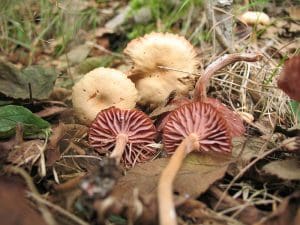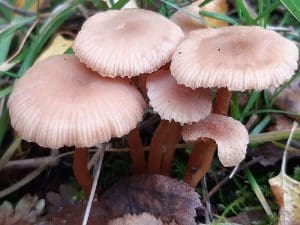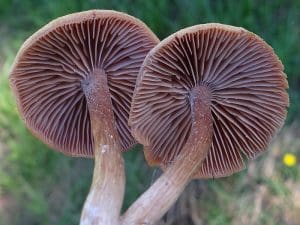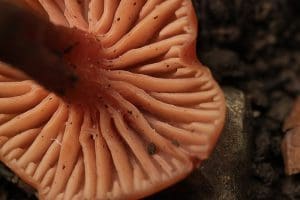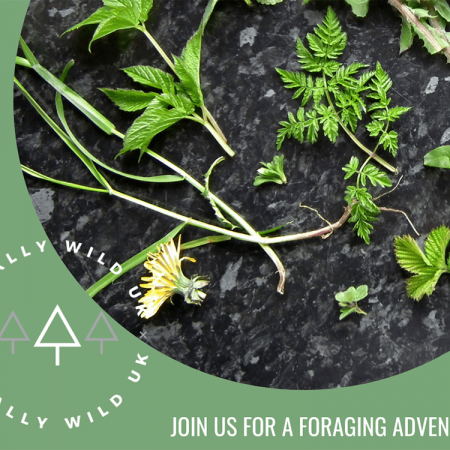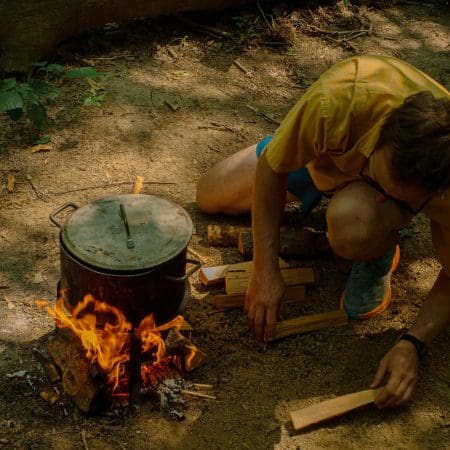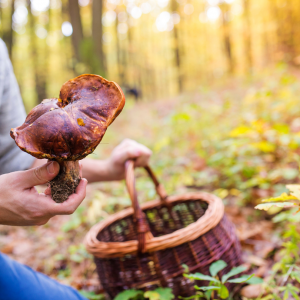Deceivers / Summer / Autumn / Edible
Deceivers, as their name describes, are an edible wild mushroom which grows with variations that can make it a little deceiving, sometimes it has a wavy cap edge, sometimes not, sometimes straight stems sometimes not, sometimes bright orange sometimes almost grey.
Scientific Name
Laccaria laccata
Common Names
Deceivers, Common deceiver, Waxy laccaria
Family
Hydnangiaceae
Habitat
They are mycorrhizal with both deciduous and evergreen trees, most often found near pine, birch, beech and oak.
Description
An abundant fungus found in all types of woodlands. Edible but as the common name suggests they can deceive your eyes. The shape and colour can vary a lot depending on age and weather conditions.
Identifying Features of Deceivers:
Cap:
Very changeable depending on age and weather conditions, they are convex when young but flatten out and often become almost funnel shaped when mature. They’re typically quite small, 2-7 cm in diameter. The colour can vary quite a lot too, when fresh and in damp conditions the caps are buff to orange in colour, as they mature or in dry conditions they can lose a lot of colour and sometimes appear almost white.
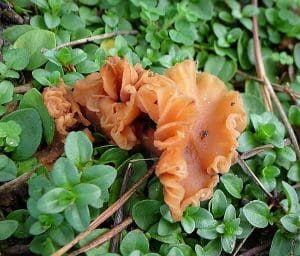
Stem:
They can be up to 12 cm long, they are very tough and fibrous. Often twisted and getting hairy towards the base.
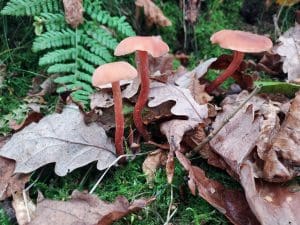
Gills:
The gills are a similar colour to the cap when young but as the spores mature they ‘stain’ the gills slightly white. The gills are waxy, broad and have shorter grills in between. The gills can be attached either adnate or decurrently.

Smell:
No strong smell.
Spores:
White.
Uses for Deceivers
In food
They are a lovely tasting mushroom, with a similar flavour to the shop bought Agarics and they can sometimes be found in great numbers. The stems tend to be very tough so are often discarded.
They dry very well and are amazing pickled.
Known hazards
None known.
Potential lookalikes
There are many Little brown mushrooms or LBM’s that could be confused with some of which are poisonous. So care must be taken and only ones that you are 100% certain about should be consumed.
They could also be confused with some other Deceivers for example the Amethyst Deceiver (Laccaria amethystina) when moist and fresh this is a violet-coloured member of the same genus, but again when they dry out they lose a lot of their colour and can also appear almost white. The Amethyst deceiver is also edible.
Extra notes from the Foragers
They are quite small and can be hard to spot but normally when you find one you’ll find lots more nearby. But as they are so changeable they’re not really beginner friendly.



